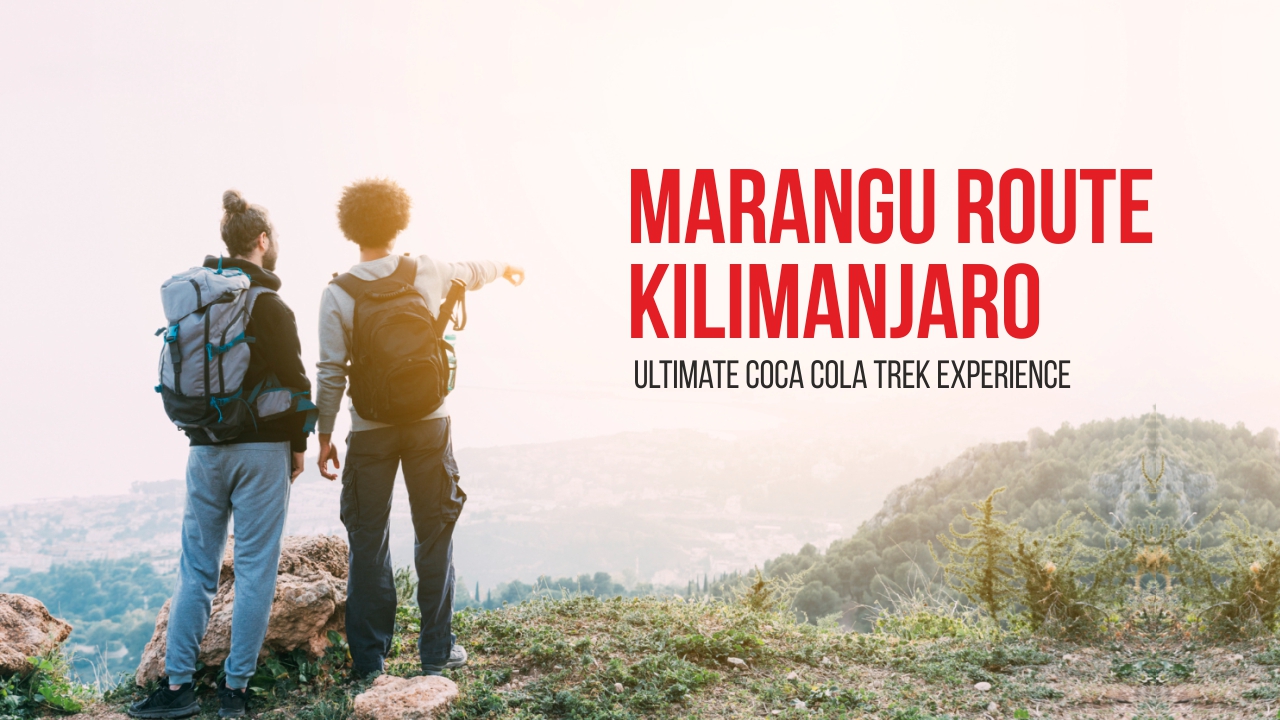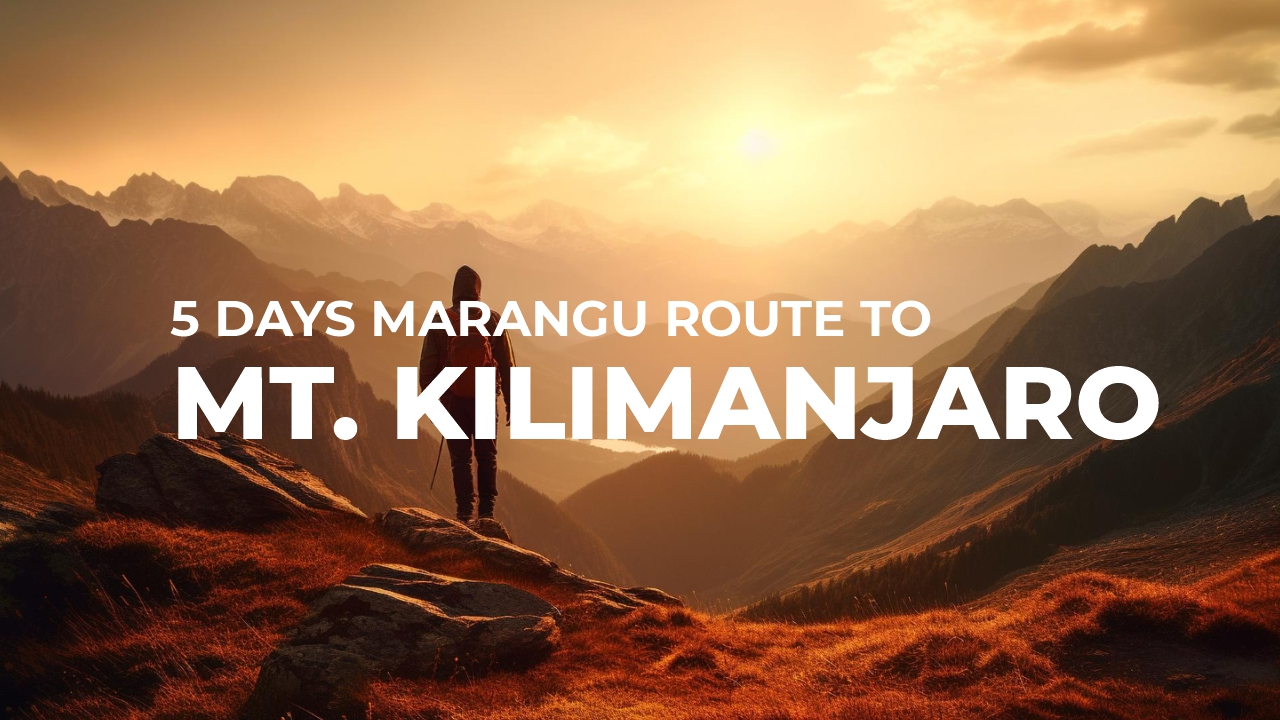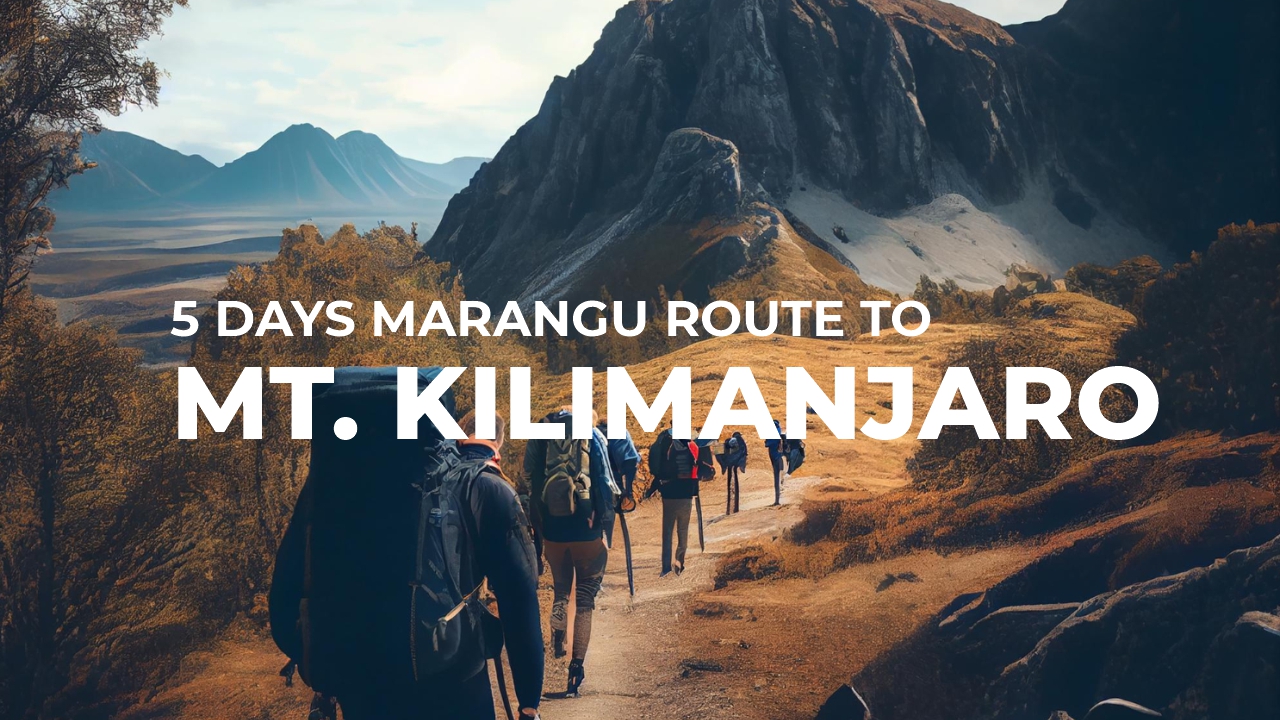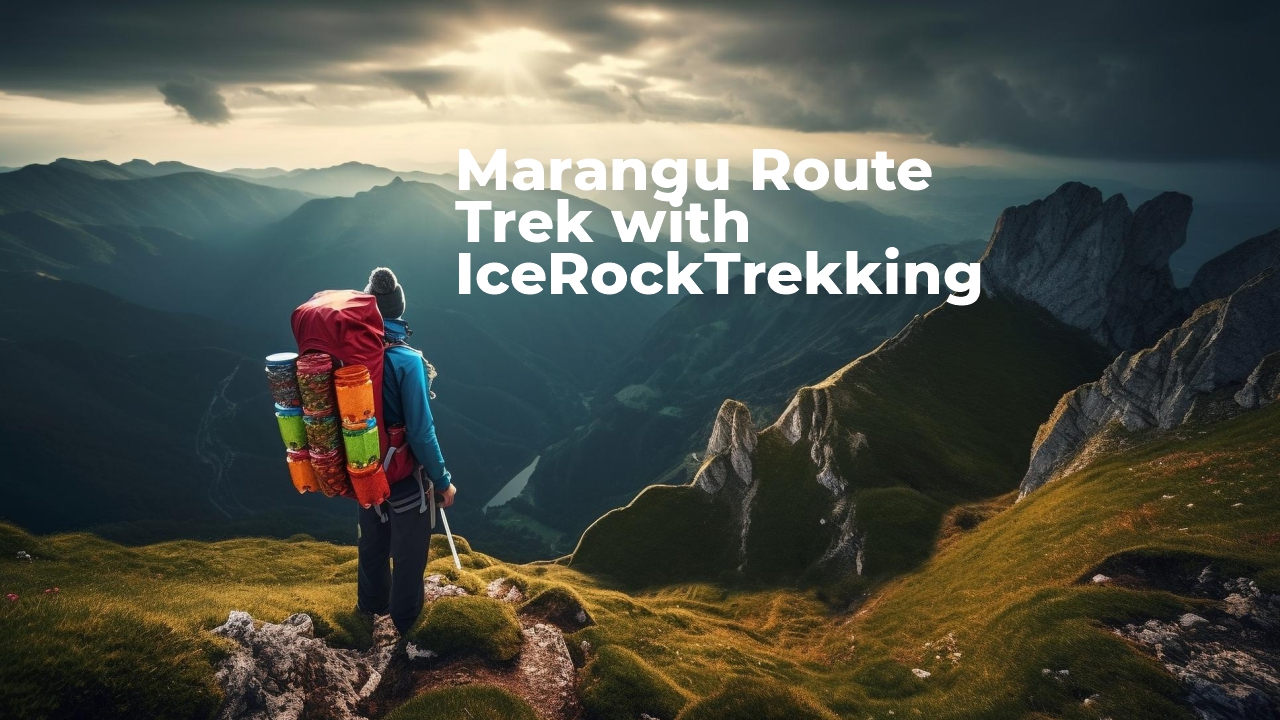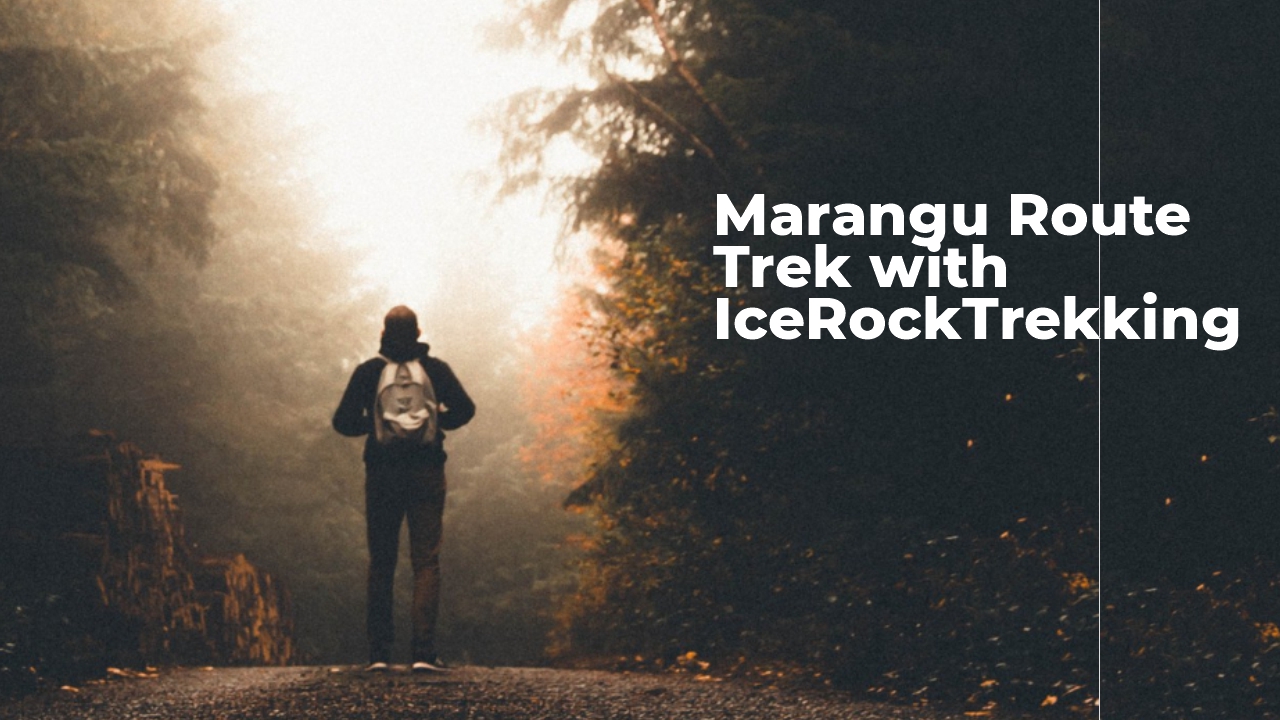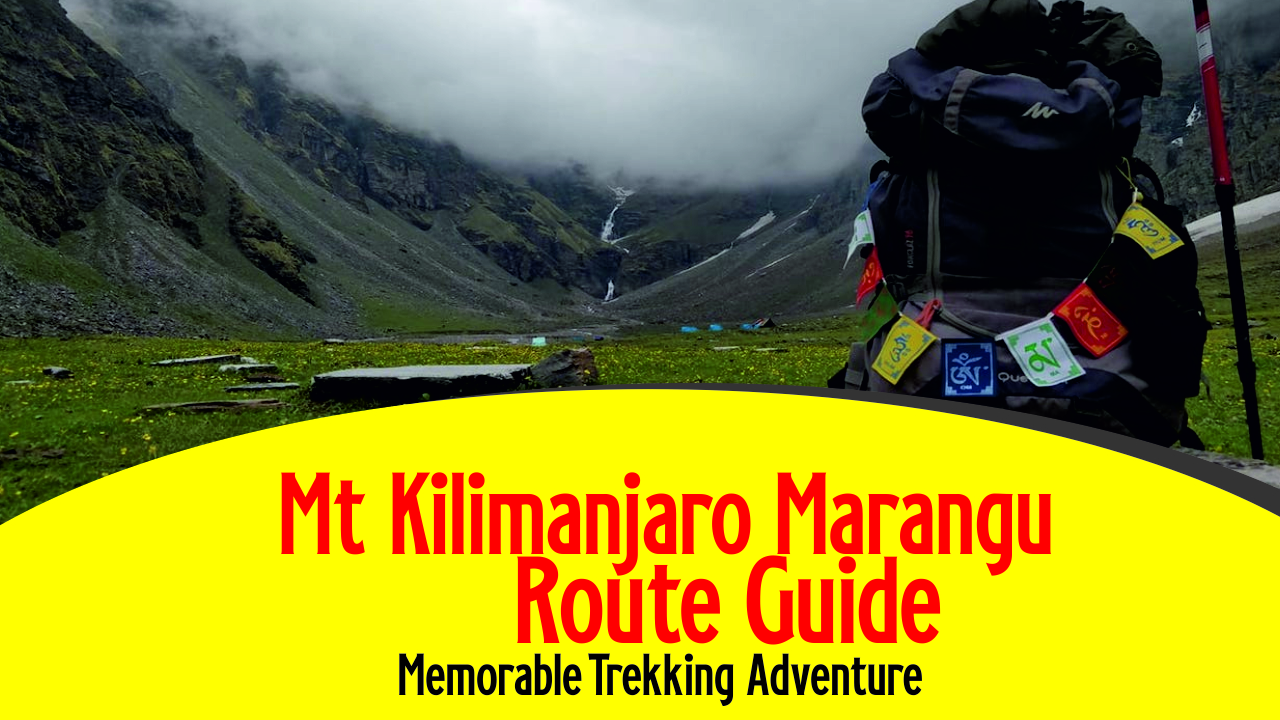
The mt kilimanjaro marangu route stands out as one of the most popular paths for adventurers aiming to summit Africa’s highest peak. Often called the “Coca-Cola Route,” it offers a perfect balance of accessibility, comfort, and breathtaking landscapes. Unlike other routes, it is well-established and equipped with hut accommodations, making it ideal for trekkers who prefer sleeping in a bed rather than a tent. This route is perfect for first-time climbers and seasoned enthusiasts alike who want a structured yet exhilarating ascent.
Starting from the Marangu gate, trekkers are immediately immersed in the lush rainforest that skirts the lower slopes of Kilimanjaro. The trail winds through dense vegetation, moss-covered trees, and cascading streams, providing an enchanting introduction to the mountain. Wildlife sightings are common, with colobus monkeys and colorful birds adding life to the verdant surroundings. The gradual incline allows trekkers to acclimatize slowly, reducing the risk of altitude-related issues while giving ample time to enjoy the scenery.
The trek is typically completed over five to six days, allowing climbers to adjust to changing altitudes. The first stage from Marangu Gate to Mandara Hut is approximately 8 kilometers and crosses through rich forested terrain. Mandara Hut, perched at around 2,700 meters, is the first stop where trekkers can rest, enjoy a warm meal, and prepare for the higher altitudes ahead. The huts along the Marangu route provide basic amenities, including communal dining areas and sleeping quarters, creating a social and supportive trekking environment.
Leaving the rainforest behind, the path gradually transitions into moorland, offering expansive views of Kilimanjaro’s rugged slopes. The journey to Horombo Hut, situated at 3,720 meters, spans roughly 12 kilometers and is a moderate ascent that showcases the mountain’s unique ecological zones. Trekkers witness giant groundsels and lobelias—plants found only at high altitudes—adding an extraordinary element to the trek. Horombo Hut serves as a crucial acclimatization point before attempting the summit. Spending two nights here allows the body to adjust to thinner air and prepares climbers for the challenging push to Uhuru Peak.
The final ascent is famously known as the summit push. Climbers typically depart Horombo Hut late at night to reach Uhuru Peak, the highest point on Mount Kilimanjaro, by sunrise. This section is the most physically demanding, covering an elevation gain of nearly 1,200 meters in one stretch. The trail cuts through the lunar-like landscapes of the alpine desert zone, with jagged rocks and sparse vegetation dominating the scenery. Reaching the summit at 5,895 meters is a triumphant moment, offering panoramic views of Tanzania and, on clear days, neighboring Kenya. The sunrise from Uhuru Peak is a spectacle that many describe as life-changing, as the soft golden light illuminates the glaciers and crater rim.
Descent along the Marangu route is relatively straightforward and less strenuous. Trekkers often return to Horombo Hut for a brief rest before continuing down to Mandara Hut and finally Marangu Gate. The return journey allows climbers to reflect on their accomplishment while enjoying the contrasting landscapes of the descent. Unlike other routes, the Marangu path’s well-marked trails reduce navigational challenges, giving trekkers confidence and peace of mind throughout the trek.
An essential aspect of the mt kilimanjaro marangu route is proper preparation. Trekkers are advised to train for endurance, focus on cardiovascular fitness, and practice hiking with a weighted backpack. Layered clothing is crucial to adapt to fluctuating temperatures, especially during the summit night when conditions can be freezing. Adequate hydration and a balanced diet support energy levels and aid in altitude adjustment. Experienced guides from Ice Rock Trekking provide valuable advice, pacing strategies, and continuous monitoring, ensuring that every climber receives support from start to finish.
The route’s popularity means that climbers can expect a social experience, sharing trails, meals, and stories with fellow adventurers from around the globe. While some may prefer solitude, the communal huts create a sense of camaraderie, making the journey as much about connections as it is about conquering the peak. For those seeking a more isolated experience, early morning departures or trekking during off-peak seasons can offer quieter moments amid the stunning scenery.
Beyond the physical journey, the Marangu route offers cultural insights. Trekkers often pass through small Chagga villages where they can witness traditional farming practices and interact with locals. The Chagga people, native to Kilimanjaro’s southern slopes, are known for their hospitality and knowledge of the mountain. Sampling locally grown bananas, coffee, and honey adds a flavorful dimension to the adventure and deepens the connection to the region.
Safety on the Marangu route is enhanced by its structured nature. The huts provide shelter in unpredictable weather, and the trail’s gradual incline reduces the risk of altitude sickness compared to steeper paths. Ice Rock Trekking ensures that climbers are well-informed about potential risks, equipped with necessary gear, and guided by trained staff. This combination of support, planning, and natural beauty makes the Marangu route an excellent choice for anyone seeking a memorable and scenic ascent of Mount Kilimanjaro.
In conclusion, the mt kilimanjaro marangu route offers an unforgettable trekking adventure, blending natural splendor, cultural encounters, and achievable challenge. Its scenic forest trails, high-altitude moorlands, and striking summit vistas create a layered experience that appeals to both first-time climbers and seasoned mountaineers. The hut system, gradual ascent, and expert guidance from Ice Rock Trekking ensure comfort and safety, while the social and cultural aspects enhance the overall journey. For anyone aspiring to reach Uhuru Peak, this route promises not only a successful summit but memories that last a lifetime.

